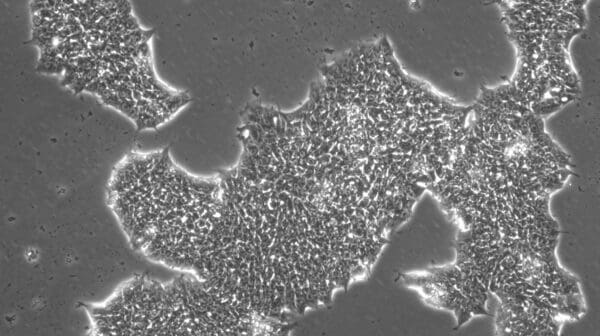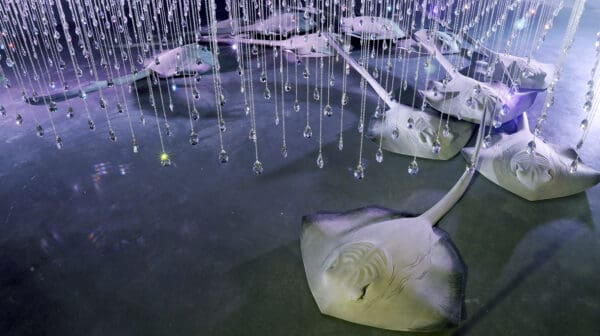In 1999, when Elizabeth Ann Macgregor arrived in Sydney from the United Kingdom to become the Museum of Contemporary Art’s second director, the admired but under-funded institution was sinking. Energetic, famously outspoken, and determined, Macgregor turned the MCA around within several years, eliminating the crippling admission charge with the aid of Telstra’s sponsorship, which, in support of art being available to all of the public, is still on-going. In this process, the MCA became the first Australian museum to demonstrate beyond doubt that contemporary art had enormous appeal to broad audiences. After its early struggles, the MCA’s time had finally come.
In the ensuing decades, Macgregor guided the MCA with an astute combination of her adept communication skills, her confidence in audiences, and always her faith in artists. She maintained and strengthened key strands of the MCA’s DNA, notably the focus on Indigenous Australian art. This had proved transformative for the MCA, particularly through an innovative joint custodianship with the Maningrida community of the Northern Territory: today MCA holds a large and important collection of work by Maningrida artists, which are held in trust on a long-term basis.
Locally, Macgregor continued the MCA’s outreach education and artistic programs in Sydney’s culturally under-resourced Western Suburbs; she sought partners everywhere, appreciating the sprawl of contemporary cultural production. And under her watch, the MCA drew Australian audiences into international circuits, staging the Sydney International Art Series (SIAS) for major artists. Created in 2010, the SIAS is a partnership between the NSW government, MCA and the Art Gallery of New South Wales, which brings internationally-acclaimed exhibitions exclusively to Sydney.
While Bernice Murphy and Leon Paroissien, the MCA’s founding directors, may have set the institution on its course, it was Macgregor who put the MCA on the map—nationally and internationally. In 2019 the Art Newspaper proclaimed the MCA the most visited contemporary art museum in the world. This is Sydney, after all: location, location, location. Circular Quay is the city’s urban playground, and the MCA, together with the Opera House, presides over it. Last weekend I tested the MCA’s claims about the youthfulness of its visitors, and was struck both by the young demographic and visitors’ engagement with the fine collection-based shows, focusing principally on its Australian holdings.
Macgregor’s achievements over the last 20 years are impressive, and the securing of the Museum’s financial future has been hard-won every year. The 2012 extension gave the MCA enlarged and diversified premises—though I continue to mourn the lack of expansive exhibition rooms at Circular Quay. The QANTAS-sponsored joint-acquisition program with England’s Tate Gallery, initiated in 2015 and running over five years, has simultaneously enabled the MCA to acquire great works and open up new audiences in Europe for contemporary Australian artists. As a curator herself, Macgregor will leave on a high note: her curating of the popular Lindy Lee exhibition Moon in a Dew Drop was one of the summer’s great successes.
Oh, and let’s not forget that for most of those 20 years Macgregor was the only female director of a major Australian art museum. On the minus side, Macgregor was ill advised to take a leading role in advising the NSW State Government to move the Powerhouse Museum to Parramatta, a decision that will always cloud her enormous contribution to Sydney’s cultural life.
Always canny, if often impetuous, Macgregor is leaving at a crucial time in the Museum’s life: 30 years young in late 2021, the MCA will go into its fourth decade facing renewed challenges. As Macgregor acknowledges, funding the MCA will always be “pretty challenging”, but the major task of the new director will be to carve out, once again, a distinctive role for the MCA in interpreting and presenting contemporary art. Once the city’s leading site for contemporary art, in 2022 the MCA will look on as the AGNSW’s new Sydney Modern Project (essentially an additional gallery space) nears completion, and Artspace nearby will be reopening after extensive renovations. This is Sydney’s good fortune; the new MCA director’s task is to make the most of it.









